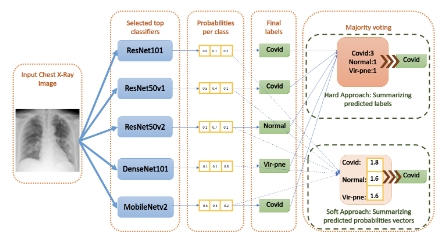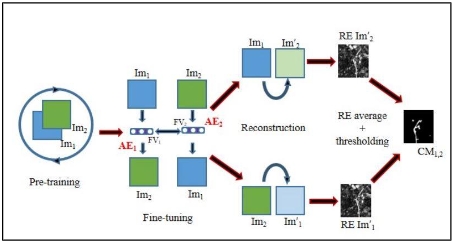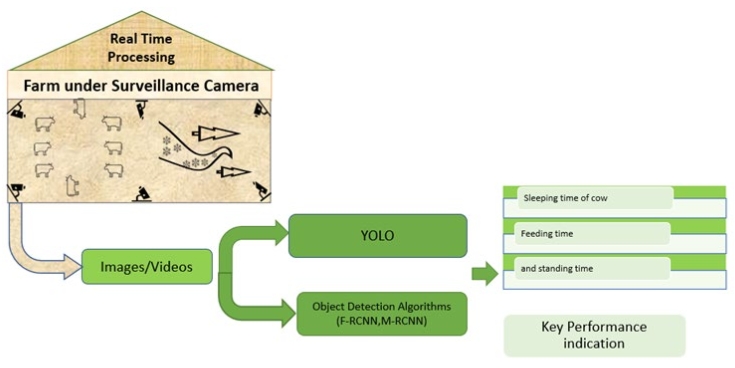
Prof. Shaohua Wan
University of Electronic Science and Technology of China, China





 Open Access
Open Access
Article
Article ID: 2485
by Ying Bai, Dali Wang
Computing and Artificial Intelligence, Vol.3, No.2, 2025;
To correctly and accurately predict and estimate the stock prices to get the maximum profit is a challenging task, and it is critically important to all financial institutions under the current fluctuation situation. In this study, we try to use a popular AI method, Adaptive Neuro Fuzzy Inference System (ANFIS), to easily and correctly predict and estimate the current and future possible stock prices. Combining with some appropriate pre-data-processing techniques, the current stock prices could be accurately and quickly estimated via those models. A normalization preprocess for training and testing data was used to improve the prediction accuracy, which is our contribution and a plus to this method. In this research, an ANFIS algorithm is designed and built to help decision-makers working in the financial institutions to easily and conveniently predict the current stock prices. The minimum training and checking RMSE values for the ANFIS model can be 0.103842 and 0.0651076. The calculation of accuracy was carried out using the RMSE calculation. The experiments conducted found that the smallest RMSE calculation result was 0.103842 with training data. Other issuers can use this method because it can predict stock prices quite well.